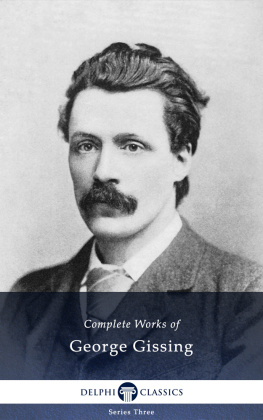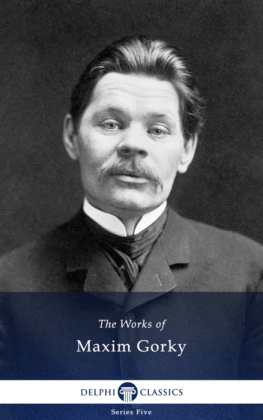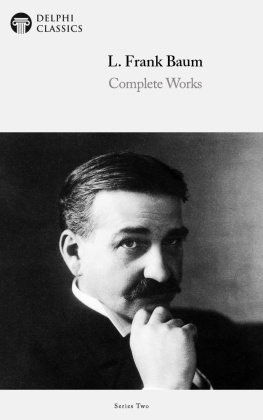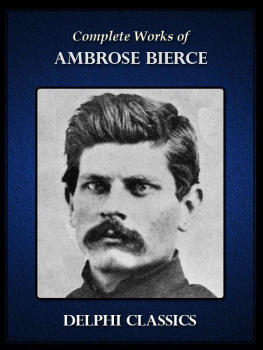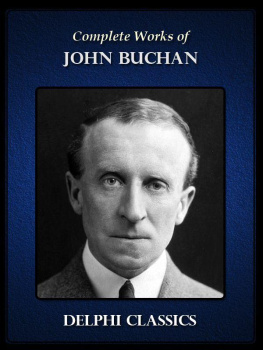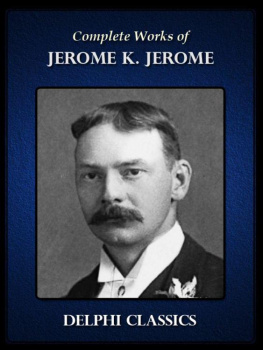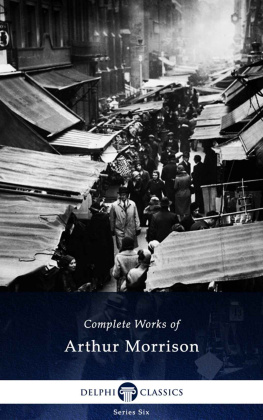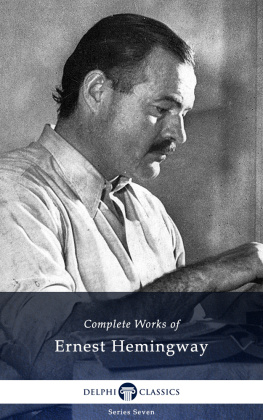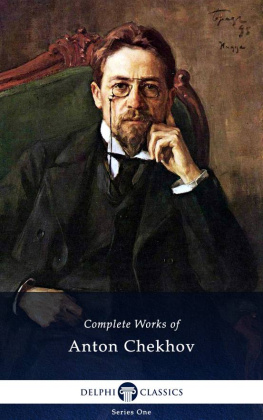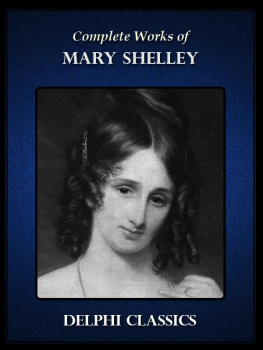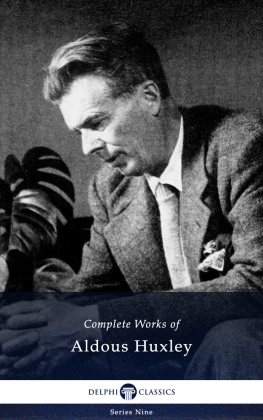
The Complete Works of
GEORGE GISSING
(18571903)

Contents

Delphi Classics 2014
Version 1


Browse our Main Series

Browse our Ancient Classics

Browse our Poets

Browse our Art eBooks

Browse our Classical Music series

The Complete Works of
GEORGE GISSING

By Delphi Classics, 2014
COPYRIGHT
Complete Works of George Gissing

First published in the United Kingdom in 2014 by Delphi Classics.
Delphi Classics, 2014.
All rights reserved. No part of this publication may be reproduced, stored in a retrieval system, or transmitted, in any form or by any means, without the prior permission in writing of the publisher, nor be otherwise circulated in any form other than that in which it is published.
Delphi Classics
is an imprint of
Delphi Publishing Ltd
Hastings, East Sussex
United Kingdom
Contact: sales@delphiclassics.com
www.delphiclassics.com
Parts Edition Now Available!

Love reading George Gissing ?
Did you know you can now purchase the Delphi Classics Parts Edition of this author and enjoy all the novels, plays, non-fiction books and other works as individual eBooks? Now, you can select and read individual novels etc. and know precisely where you are in an eBook. You will also be able to manage space better on your eReading devices.

The Parts Edition is only available direct from the Delphi Classics website.
For more information about this exciting new format and to try free Parts Edition downloads , please visit this link .
The Novels

Thompsons Yard, West Gate, Wakefield, Yorkshire Gissings birthplace

In November, 1857, Gissing was born in this house, which formed the back of his fathers chemists shop.

A plaque commemorating the birthplace
Workers in the Dawn

Originally entitled Far, Far Away , a phrase borrowed from a popular song by Andrew Young that appears in the novel, Workers in the Dawn was published in May 1880 in three volumes by Remington and Co. London. The original manuscript is held at the University of Texas.
It was not the first novel George Gissing wrote, but the first one published and prior to this there were at least three previous attempts which never really saw the light of the day. References were made to a serial novel and a full length novel was rejected in July 1878 according to one of his letters. His next attempt at a novel was abandoned after some 300 pages and by May 1879 Gissing had begun writing another novel, which was to be Workers in the Dawn . By November 1879, although struggling at times with its composition, he completed his task. It was his longest novel, composed of some 280,000 words.
Its publication history is worth recording as it was not straight forward and it helps to underline Gissings dedication to his art. On its completion he sent the manuscript to Chatto & Windus under its original name, but it was rejected on the ground that the publishers had currently too many projects. Undeterred, he changed the title to Workers in the Dawn claiming his first choice was too affected and that the new one reflected the point that the principal characters are earnest young people striving for improvement in, as it were, the dawn of a new phase of our civilization and sent it to Smith, Elder where it was once again rejected. The same fate befell the manuscript when he forwarded it to Sampson Low who rejected it because of its rationalist philosophy and the portrayal of character of which the publishers did not approve. Finally after it was yet again rejected by Kegan, Paul & Co, Gissing decided to use part of a small inheritance to pay Remington &Co to publish the novel. The young author paid 125 for the privilege. It was a commercial failure and consequently it is a very rare Victorian novel as only 277 were published of which only 49 were sold and all Gissing received was 16 shillings. It is important to remember that when he wrote this huge three decker novel he was only 22 years old.
Reviews were essentially critical although some praised aspects of his writing. Certain newspapers and journals such as the Pall Mall Gazette chose to ignore the novel while others condemned it. The Whitehall Review stated: It is seldom that a series of less amusing puppets have been exhibited on the fictional stage. The reviews were critical of the book in terms of subject matter and its artistic merit. However some reviewers recognised some of its rich qualities, including the portrayal of working class life, the novels style and its promise. Several saw similarities with Kingsleys Alton Locke .
The narrative centres on the character of Arthur Golding and charts his life from its problematic beginning to its untimely end. Arthurs father is a gentleman reduced to alcoholism and subsequent poverty. Upon his death, a friend, The Reverend Edward Norman, rescues the son and transports him to an upper middle-class rural environment where he cannot settle despite the companionship of Normans daughter, Helen. Finally he runs away and returns to London where he is befriended and educated by Mr Tollady, a printer and raised in his working class home. Arthur develops artistic skills and his friendship is renewed with Helen Norman after the death of her clergyman father but he is also attracted to the beautiful working class girl, Carrie Mitchell with devastating results. Gissing intended the novel to be an attack upon certain features of our present religious and social life which to me appear highly condemnable, and claimed that, It is not a book for women and children, but for thinking and struggling men.
Next page
